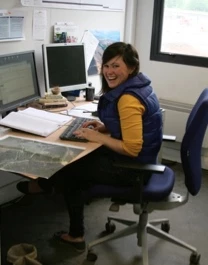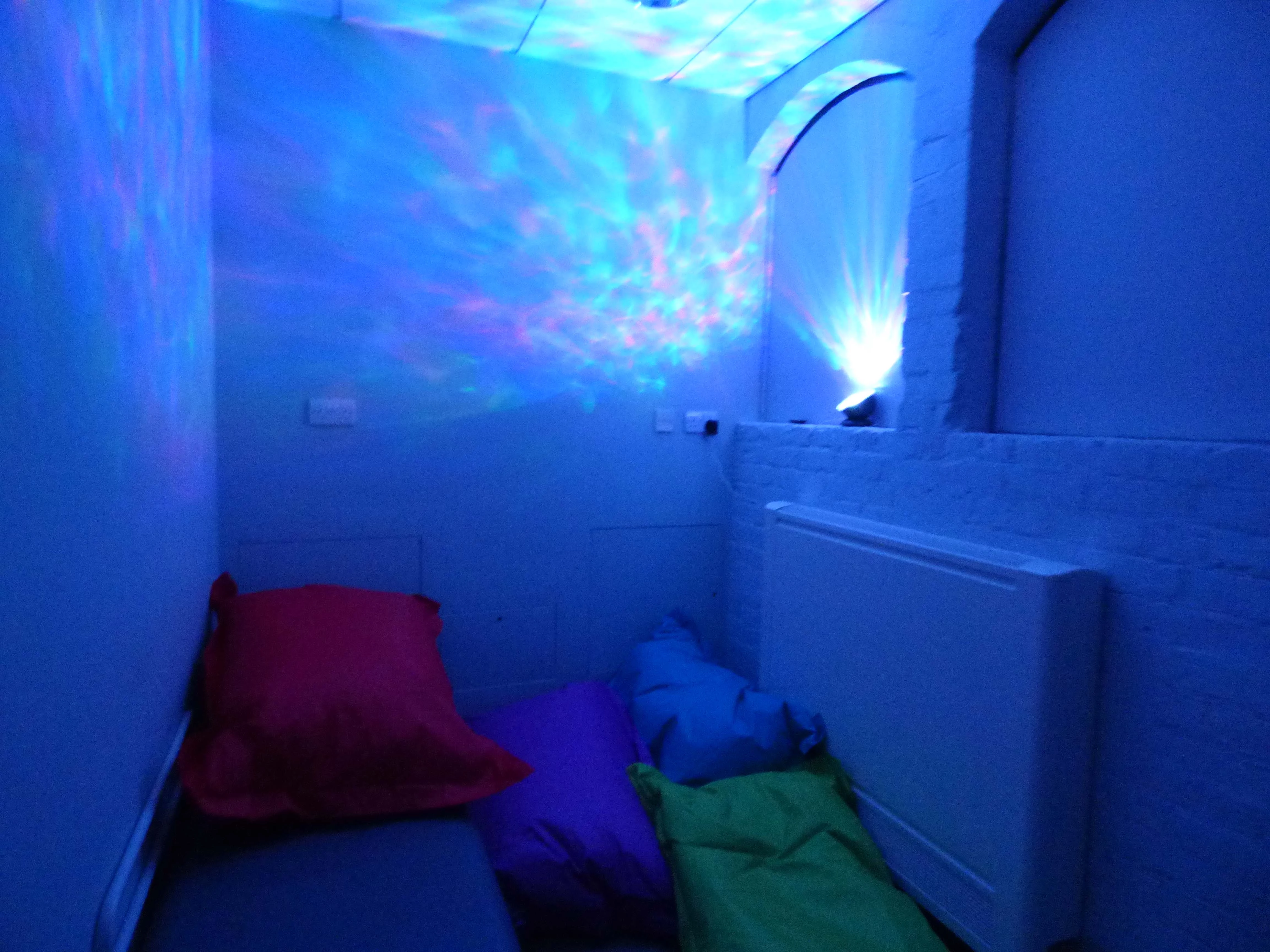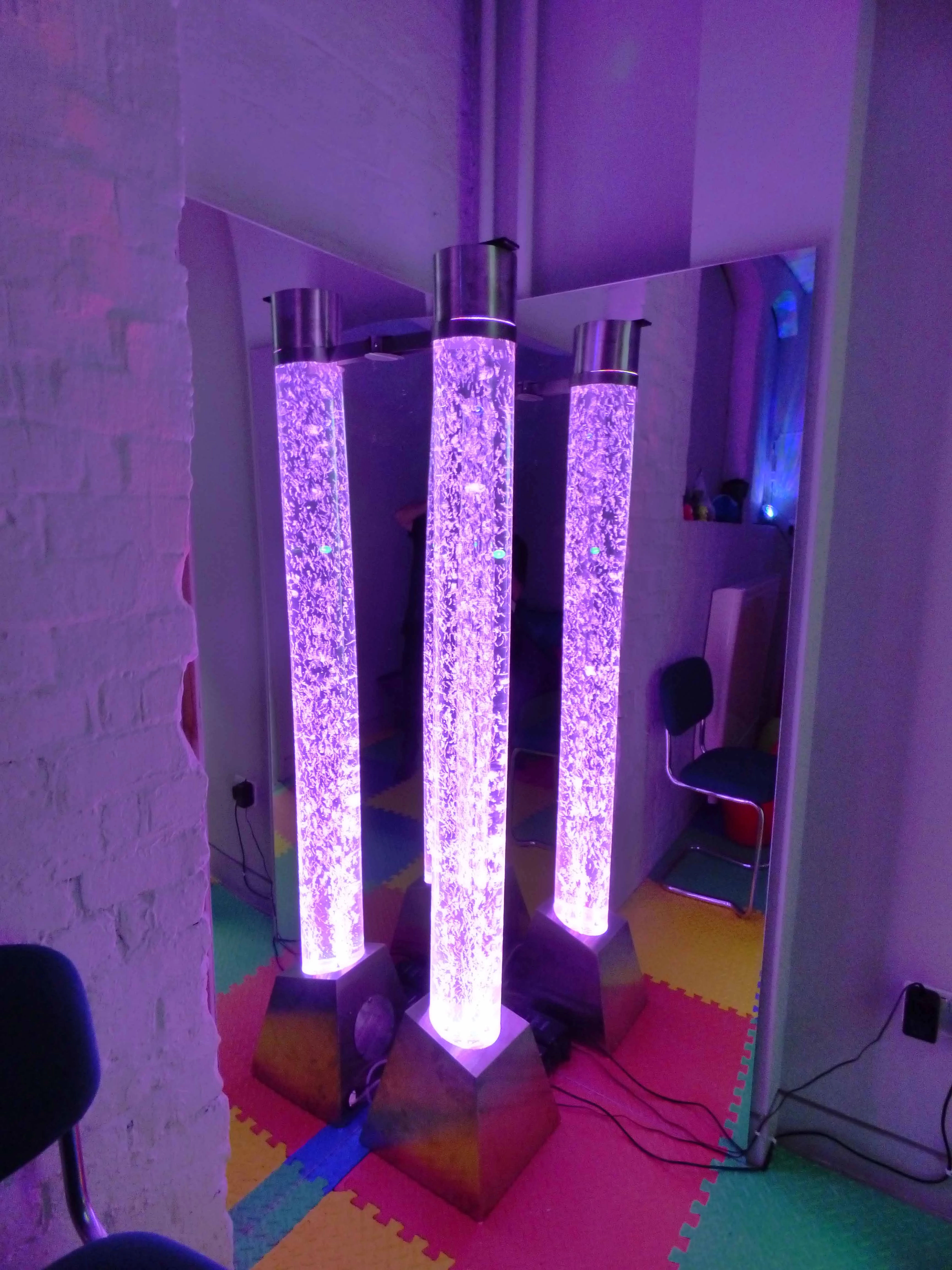Stori’r Llun… Katherine Voyle, Daearegydd Mwynglawdd
, 9 Ebrill 2020
Tynnais y llun hwn ym mis Mehefin 2011, dan y ddaear ym mhwll glo Aberpergwm ger Resolfen. Yn y llun mae tri o lowyr oedd yn dangos y gweithfeydd i mi. Y fenyw yn y canol, Katherine Voyle, oedd daearegydd y pwll. Ei gwaith hi oedd astudio’r wythïen lo a phenderfynu pa gyfeiriad i ddatblygu’r pwll er mwyn gallu cloddio mwy.
Es draw i’r pwll glo i recordio cyfweliad fideo gyda Katherine am ei bywyd a sut y daeth i wneud y swydd hon. Rhan o fy ngwaith yw casglu hanesion pobl ‘go iawn’ er mwyn i genedlaethau’r dyfodol gael darlun cywir o fywyd yr oes hon. Gofynnais iddi a oedd yn deimlad rhyfedd bod yr unig fenyw ymysg 300 o ddynion. Dywedodd ei bod yn od i ddechrau ond ei bod wedi dod i arfer â’r peth yn ddigon buan. Roedd y dynion yn ei derbyn hi fel ‘un o’r bechgyn’ nawr, yn enwedig pan oedd hi’n gwisgo oferôls, ond roedden nhw’n cael sioc o’i gweld wedi newid yn ôl i’w ‘dillad swyddfa’!
Mwynglawdd drifft yw Aberpergwm – hynny yw, mae’n torri i ochr dyffryn yn hytrach nag i lawr mewn siafft ddofn. Mewn gwirionedd, roedd y pwll glo’n gostwng yn serth wrth i ni gerdded dros filltir i’r ffas lo. Yno, roedd peiriant enfawr yn brysur yn torri, a’r sŵn yn fyddarol. Ar ôl fy nhaith ac ar ôl cynnal cyfweliad fe gerddon ni fyny’n ôl i’r heulwen. Er nad oeddwn wedi gwneud unrhyw waith corfforol, roedd fy nghoesau’n brifo ar ôl cerdded i mewn ac allan!
Dywedodd Katherine, sydd o Abertawe, ei bod wedi gweithio ar lwyfannau olew ym Môr y Gogledd ac yn yr Iseldiroedd cyn dod i Aberpergwm. Yr amgylchedd a byd natur oedd ei phrif ddiléit, ac roedd yn gweithio ar greu llwybr natur ar y tir uwchben y pwll glo.
DOLENNI I WYBODAETH BELLACH
Erthygl gan Ceri Thompson, Curiadur (Glo) am Katherine Voyle ar gyfer cylchgrawn Glo:
https://museum.wales/media/24679/GLO-Magazine-2012-web.pdf



